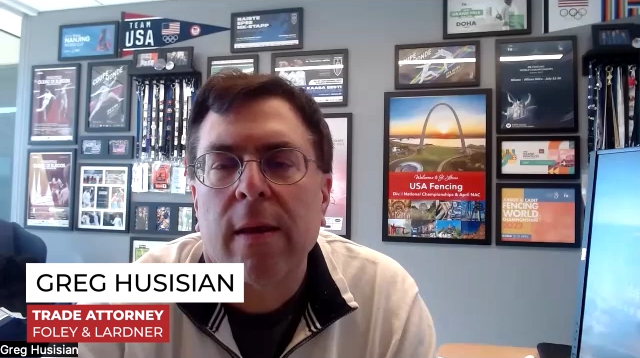
Greg Husisian, trade attorney with Foley & Lardner, reviews the statutory options that President Trump can invoke to justify his imposition of tariffs on U.S. trading partners.
In a recent hearing, Supreme Court justices seemed dubious about Trump’s power to impose tariffs under the authority of the International Emergency Economic Powers Act, or IEEPA. They questioned whether Trump could turn to a law that makes no mention of tariffs as a means of relief in an “emergency,” and whether the President’s “unfettered” ability to impose tariffs under IEEPA “anytime, at any rate, against any country would eviscerate other trade authorities.” In short, Husisian says, the hearing was “a bit of a rough day for the Administration. There were a lot of avenues where you could see justices striking down [Trunp’s] use of the statute.”
Should the Court rule against Trump’s use of IEEPA, however, he could cite several other statutes that were specifically crafted to allow for punitive tariffs. They include section 232 of the Trade Expansion Act of 1962, which Trump cited during his first administration as justification for tariffs on steel and aluminum imports; section 301 of the Trade Act of 1974, already being used to support tariffs on China; and section 338 of the Tariff Act of 1930. Trump’s authority under the first two has already been upheld by the Court of International Trade and Court of Appeals for the Federal Circuit, while the third has yet to be tested.
A dozen investigations launched under section 232 are already underway or have been completed, covering close to 40% of all U.S. imports, Husisian notes. But there are complications to be dealt with if Trump moves to swap out IEEPA for the other statutes as justification for both present and future tariff action. They are far narrower in their approval of presidential action, placing limits on the duration, length and justification for tariffs, he says.
Husisian also addresses the potential “mess” that would arise if Trump is denied the use of IEEPA, and importers then step up to demand billions of dollars’ worth of refunds.